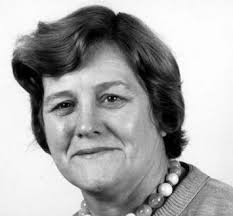I have to interrupt the flow of my posts to write about the murder of Sammy Yatim, the young Toronto teenager who “drop(ped) the knife” (these were his last orders) only when he was shot nine times and tasered once by a member of Toronto’s police force while 22 of his colleagues stood close by in their bullet-proofed vests.
I have viewed a video recorded by a citizen bystander several times, most recently only thirty seconds ago, and I feel compelled to add one more detail about this horrifying encounter that also deeply disturbs me but hasn’t been voiced by many yet, or at least I haven’t heard anything.
It concerns the calm manner displayed by the cops at the scene, several of whom have guns in their hands or fingers close to holsters. They appear remarkably undisturbed by the shooting even in the moment it occurs. Surprise, perhaps, can be glimpsed on a few faces, but even that is difficult to locate.
I don’t understand this at all. Is it merely training? And if so, why couldn’t training also be as effective in the realm of de-escalation?
The officers bumble about looking confused, like a bunch of children playing cops & robbers. They’re not entirely certain what they’re doing, or to whom, or why. This is particularly apparent seconds before the gun is fired and then–and then, after shots split the air
(I jolt in my seat every time).
“Drop the knife!” an officer shouts through the open streetcar doorway where the young man stands. “Drop the knife!”
“You’re all pussies,” says the teenager.
Bang bang.
Bang bang bang bang bang bang bang.
Another thing that doesn’t quite sink in for me is my own reaction to this video.
This isn’t The Wire. Not the Sopranos. Nor is it police brutality from away. This is murder happening, again and again, right in front of my eyes and on a familiar street corner in the city’s west end.
But there is some kind of common denominator here, I have to admit, a stubborn, inexplicable insensitivity perhaps.
Or is it shock?
Watch for yourself and try to take in what you are, in fact, watching.
(By the way, take note of the impact that “You’re all pussies” might have had on the shooting.)











